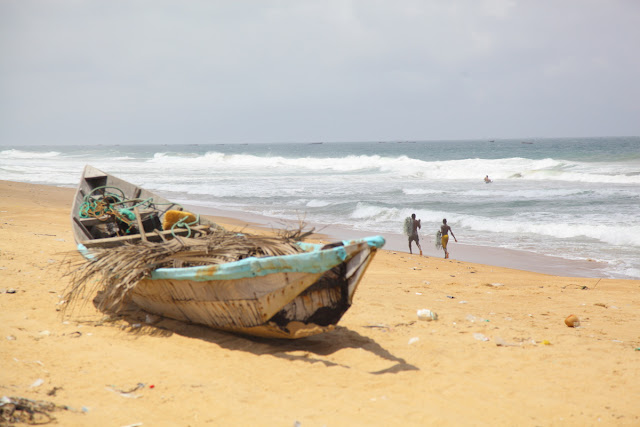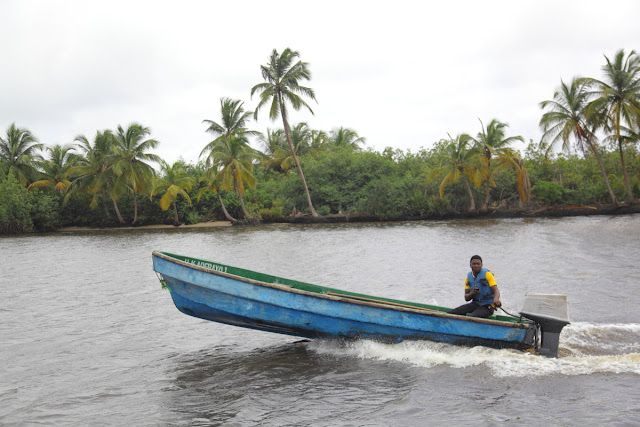Benin City's popular fashion Benin City is one of the largest cities in Nigeria. It is the capital of Edo state. It probably shines less than it used to a few centuries ago when it was a powerful and advanced kingdom, lauded for its administrative and military strengths by the first Europeans who came to trade in the 15th century. Nowadays modern Europeans hear more about Benin City because Edo's gangs export girls for prostitution and compete with the mafia in Sicily on some markets. Traces of the past are very present, for instance the Oba's palace is still surrounded by a large mud wall. The city has sprawled in all directions. Trading buildings, administration buildings are among the tallest, most of them worn out by time, dusty winters and strong rainy seasons. Large avenues are running through the city, but as soon as one leave them to adjacent roads, potholes and dirt roads slow down navigation. Easier for motorbikes. Market areas are usually buzzing with peopl...




Comments
Post a Comment